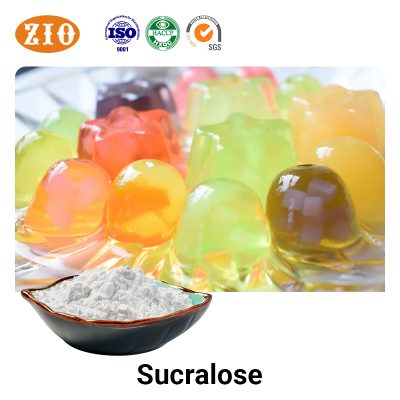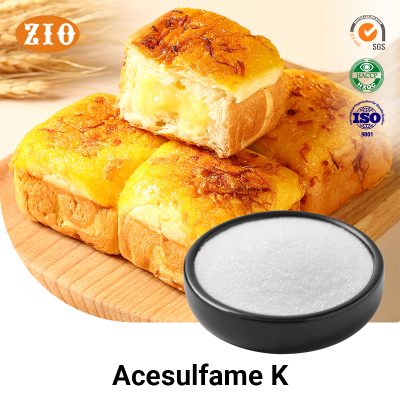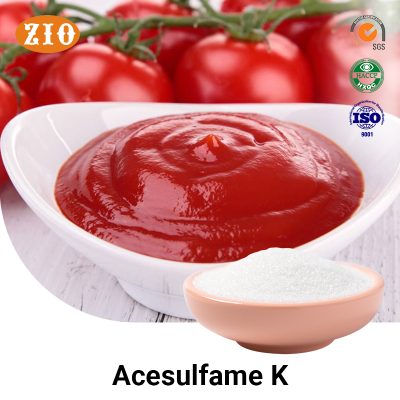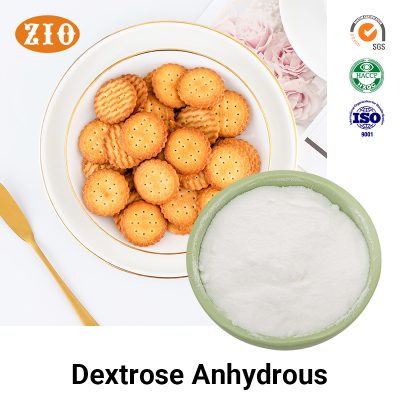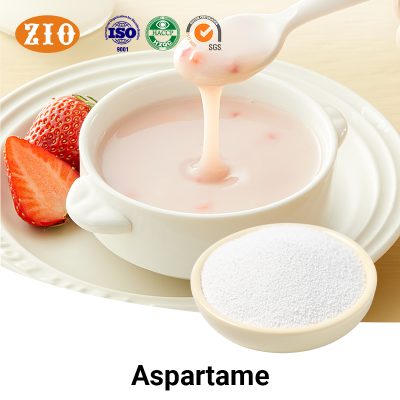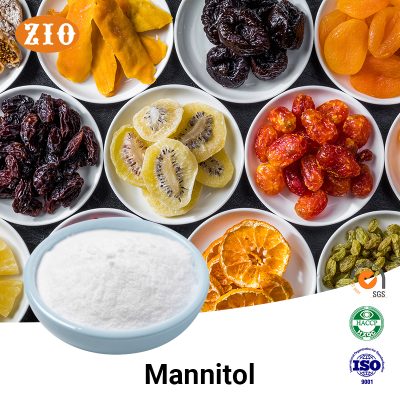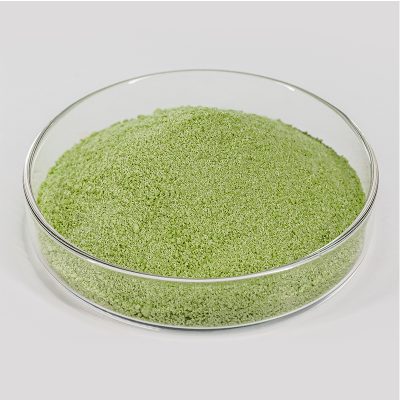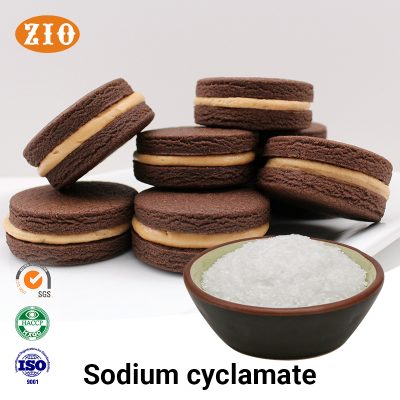Introduction
Sweeteners have become a crucial part of the modern food and beverage industry. With growing awareness of the health risks associated with high sugar consumption, consumers and manufacturers alike are turning to alternative sweeteners to reduce calorie intake, manage blood sugar, and improve product taste. This article explores the top 10 sweeteners commonly used in food and beverages, their benefits, potential risks, and practical applications.
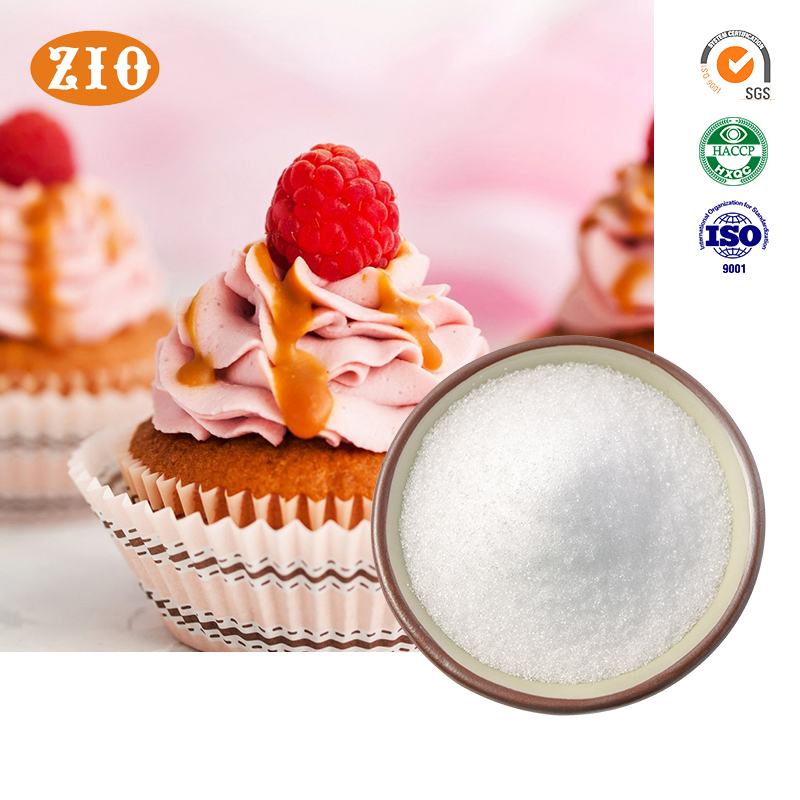
1. Aspartame
Overview
Aspartame is an artificial sweetener approximately 200 times sweeter than sugar, commonly used in soft drinks, low-calorie desserts, and sugar-free gums.
Benefits
- Low-calorie: Helps reduce overall energy intake.
- Stable in low-heat applications, suitable for beverages and cold foods.
- Does not contribute to tooth decay.
Risks
- Sensitive individuals may experience headaches or gastrointestinal discomfort.
- Not suitable for people with phenylketonuria (PKU), a rare genetic disorder.
2. Sucralose
Overview
Sucralose is a heat-stable artificial sweetener, often used in baked goods, beverages, and desserts. It is about 600 times sweeter than sugar.
Benefits
- High sweetness intensity, requiring minimal amounts.
- Heat-stable, ideal for cooking and baking.
- Zero-calorie, does not affect blood sugar levels.
Risks
- Some studies suggest that excessive use may alter gut microbiota.
- May leave a slightly bitter aftertaste when used in high concentrations.
3. Stevia
Overview
Stevia is a natural, zero-calorie sweetener extracted from the leaves of the Stevia rebaudiana plant.
Benefits
- Suitable for diabetics and individuals aiming to reduce sugar intake.
- Zero calories, does not raise blood glucose levels.
- Can be used in beverages, sauces, and baked goods when properly blended.
Risks
- May have a bitter or licorice-like aftertaste.
- Pure stevia extract may not always dissolve well in some food applications.
4. Erythritol
Overview
Erythritol is a sugar alcohol found naturally in fruits and fermented foods. It is 60–70% as sweet as sugar.
Benefits
- Nearly zero calories, does not affect blood sugar.
- Gentle on teeth, non-cariogenic.
- Provides a similar mouthfeel to sugar, suitable for baking and beverages.
Risks
- Large amounts can cause bloating or mild gastrointestinal discomfort.
5. Monk Fruit Extract (Luo Han Guo)
Overview
Monk fruit extract is a natural sweetener derived from monk fruit, containing mogrosides as the active sweetening compounds.
Benefits
- Zero-calorie and highly potent, often blended with other sweeteners.
- Does not spike blood sugar.
- Suitable for beverages, smoothies, and low-calorie desserts.
Risks
- Can be expensive compared to other sweeteners.
- Pure extracts may have a slightly fruity aftertaste.
6. Saccharin
Overview
Saccharin is one of the earliest artificial sweeteners, roughly 300–400 times sweeter than sugar.
Benefits
- Long history of safe use.
- Stable at high temperatures, useful for baking and beverages.
- Zero-calorie alternative.
Risks
- Slightly bitter aftertaste, especially at high concentrations.
- Overconsumption should be avoided, though generally considered safe within recommended limits.
7. Acesulfame K (Ace-K)
Overview
Acesulfame potassium is an artificial sweetener about 200 times sweeter than sugar, often used in combination with other sweeteners to improve taste.
Benefits
- Heat-stable, ideal for baked goods and beverages.
- Enhances the sweetness of other sweeteners when blended.
- Zero calories.
Risks
- May have a slight chemical aftertaste when used alone.
- Long-term effects are generally considered safe within ADI, but overuse is discouraged.
8. Maltitol
Overview
Maltitol is a sugar alcohol commonly used in sugar-free chocolates, candies, and baked goods.
Benefits
- Provides bulk and sweetness similar to sugar.
- Lower glycemic index than sugar.
- Reduces calories compared to traditional sugar.
Risks
- Excessive consumption may cause bloating, gas, or diarrhea.
- May not be suitable for people with sensitive digestive systems.
9. Xylitol
Overview
Xylitol is a sugar alcohol found in many fruits and vegetables, often used in chewing gums, mints, and sugar-free products.
Benefits
- Promotes dental health by reducing cavity formation.
- Low glycemic index, suitable for diabetics.
- Provides sweetness and texture similar to sugar.
Risks
- Excessive intake may lead to digestive discomfort.
- Toxic to dogs, so caution is needed in households with pets.
10. Tagatose
Overview
Tagatose is a naturally occurring sweetener with low calories, often used in beverages and baked goods.
Benefits
- Low glycemic index, minimal impact on blood sugar.
- Similar taste and functionality to sugar in recipes.
- May support digestive health as a prebiotic.
Risks
- High doses can cause gastrointestinal issues, such as bloating or diarrhea.
- Less widely available than other sweeteners.
Choosing the Right Sweetener
Consumer Tips
- For blood sugar management: Stevia, monk fruit, erythritol, xylitol
- For baking: Sucralose, maltitol, Ace-K (heat-stable options)
- For beverages: Aspartame, sucralose, monk fruit extract
- For dental health: Xylitol
Industry Guidelines
- Sweeteners should be selected based on heat stability, sweetness intensity, taste profile, and product type.
- Combining sweeteners can enhance taste and reduce aftertaste.
Safety Considerations
- Follow the Acceptable Daily Intake (ADI) limits:
- Aspartame: 40 mg/kg body weight/day
- Saccharin: 5 mg/kg body weight/day
- Acesulfame K: 15 mg/kg body weight/day
- Be mindful of possible gastrointestinal effects, particularly with sugar alcohols.
- Pregnant women, children, and sensitive individuals should monitor intake and avoid excessive consumption.
Conclusion
The top 10 sweeteners in food and beverages offer diverse benefits, from low-calorie alternatives and blood sugar management to dental protection and culinary versatility. Each sweetener has unique advantages and potential risks. Choosing the right sweetener depends on the intended application, taste preference, and health considerations. By understanding these factors, both consumers and food industry professionals can make informed choices that balance flavor, health, and functionality.


 TOP5 citric acid products sold in china by 2024
TOP5 citric acid products sold in china by 2024